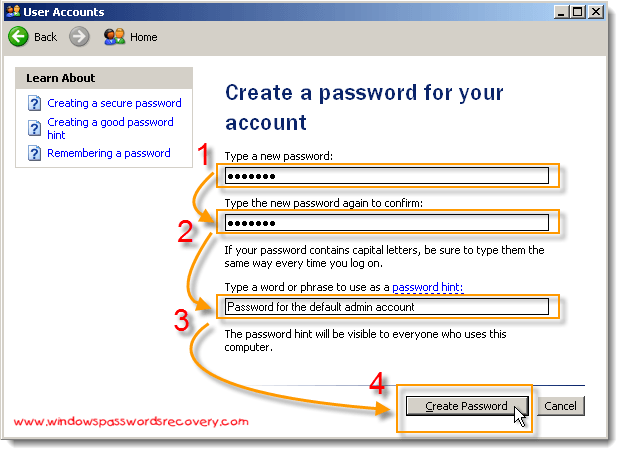
- #How to enter safe mode on windows xp windows 10#
- #How to enter safe mode on windows xp code#
- #How to enter safe mode on windows xp password#
Bill Me Later will use that data under its privacy policy.

HP will transfer your name and address information, IP address, products ordered and associated costs and other personal information related to processing your application to Bill Me Later®. Service not available holidays and weekends. On-site services provided only if issue can't be corrected remotely. Customer may be required to run system self-test programs or correct reported faults by following advice given over phone. Need for in-home service is determined by HP support representative. In-home warranty is available only on select customizable HP desktop PCs. Ultrabook, Celeron, Celeron Inside, Core Inside, Intel, Intel Logo, Intel Atom, Intel Atom Inside, Intel Core, Intel Inside, Intel Inside Logo, Intel vPro, Itanium, Itanium Inside, Pentium, Pentium Inside, vPro Inside, Xeon, Xeon Phi, Xeon Inside, and Intel Optane are trademarks of Intel Corporation or its subsidiaries in the U.S. For more information about Microsoft’s support, please see Microsoft’s Support Lifecycle FAQ at
#How to enter safe mode on windows xp windows 10#
The following applies to HP systems with Intel 6th Gen and other future-generation processors on systems shipping with Windows 7, Windows 8, Windows 8.1 or Windows 10 Pro systems downgraded to Windows 7 Professional, Windows 8 Pro, or Windows 8.1: This version of Windows running with the processor or chipsets used in this system has limited support from Microsoft. Discounted or promotional pricing is indicated by the presence of an additional higher MSRP strike-through price

HP’s MSRP price is shown as either a stand-alone price or as a strike-through price with a discounted or promotional price also listed. Contract and volume customers not eligible. Orders that do not comply with HP.com terms, conditions, and limitations may be cancelled. Items sold by HP.com are not for immediate resale. These terms apply only to products sold by HP.com reseller offers may vary. Correct prices and promotions are validated at the time your order is placed. Despite our best efforts, a small number of items may contain pricing, typography, or photography errors. Quantity limits may apply to orders, including orders for discounted and promotional items. Price protection, price matching or price guarantees do not apply to Intra-day, Daily Deals or limited-time promotions.
#How to enter safe mode on windows xp password#
Administrator permission required If you're prompted for an administrator password or confirmation, type the password or provide confirmation.ģ.Click the Advanced tab, and then, under Startup and Recovery, click Settings.Ĥ.Under System startup, choose a default operating system and the amount of time to display the list of operating systems, click OK, and then click OK again.Prices, specifications, availability and terms of offers may change without notice. Open System by clicking the Start button Picture of the Start button, right-clicking Computer, and then clicking Properties.Ģ.In the left pane, click Advanced system settings.If your computer is a multiboot configuration, you can still change which Windows operating system opens by default, and how long to display the list of operating systems, by using System in Control Panel. For technical information about Bcdedit, go to the Microsoft website for IT professionals. If you need to make changes to BCD, such as removing entries from the list of displayed operating systems, use the command-line tool Bcdedit, an advanced tool intended for administrators and IT professionals. This file is more versatile than boot.ini, and it can apply to computer platforms that use means other than basic input/output system (BIOS) to start the computer. In this version of Windows, the boot.ini file has been replaced with Boot Configuration Data (BCD). It was most useful in multiboot configurations, or for advanced users or administrators who needed to customize how Windows started. This information was displayed during the startup process when you turned on your computer. In earlier versions of Windows, boot.ini was a system file that contained information about the Windows operating systems installed on a computer. Note: I've only tried this on Windows Server 2008 R2. (Get-WmiObject -ComputerName $ComputerName -Class 'Win32_OperatingSystem').Reboot() Function Repair-RemoteSafeModeBoot safeboot' The below powershell uses WMI (which seems to still work) to take the remote computer out of safe mode and restart it.
#How to enter safe mode on windows xp code#
providing SMB access to boot.ini) failed to start, giving error code 1084 when started via MMC > Services.

I found that despite rebooting in safe mode with networking, various services including Remote Desktop Services and Server (i.e. Not an answer to the question, but hopefully useful to anyone who's hit issues when trying this.


 0 kommentar(er)
0 kommentar(er)
